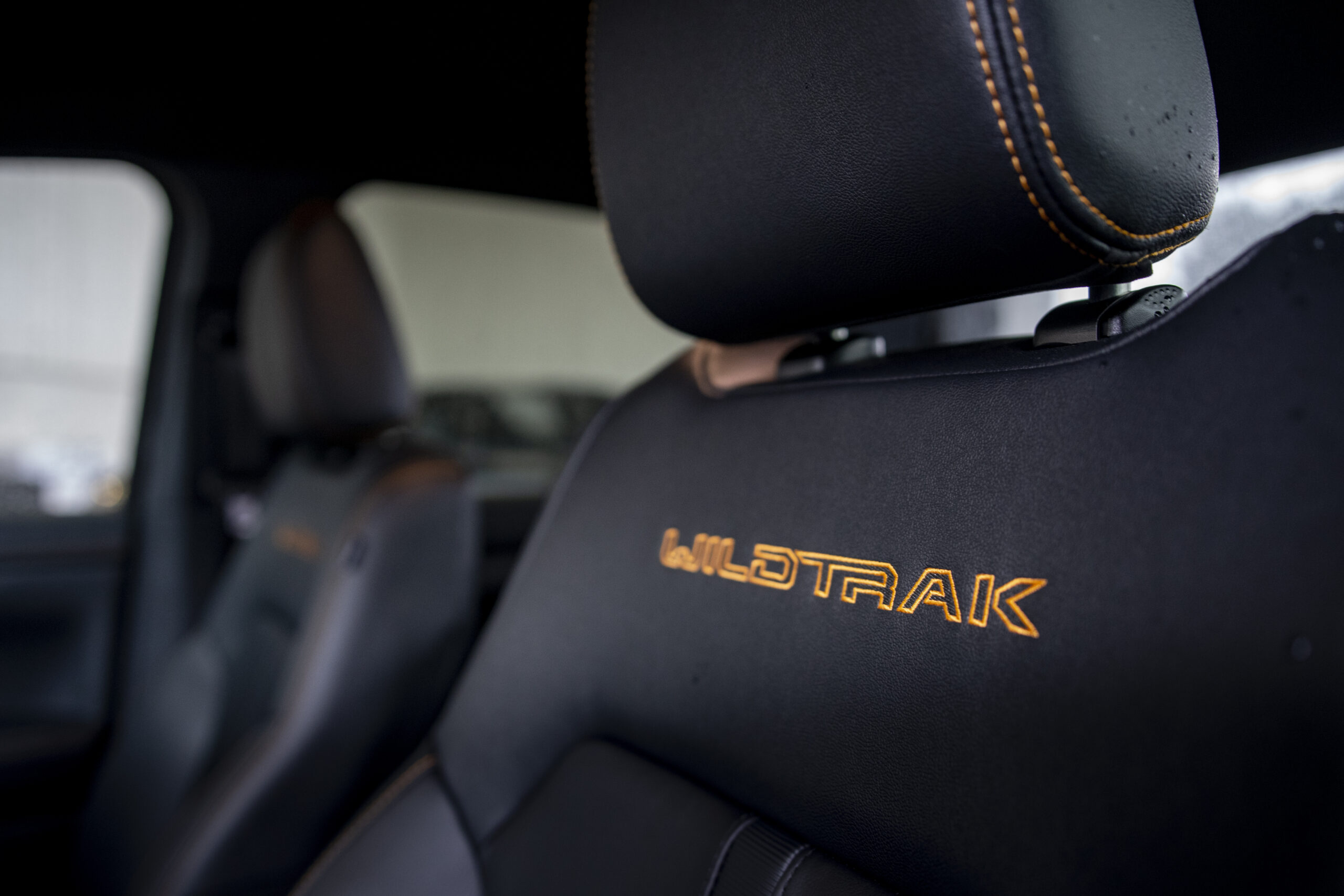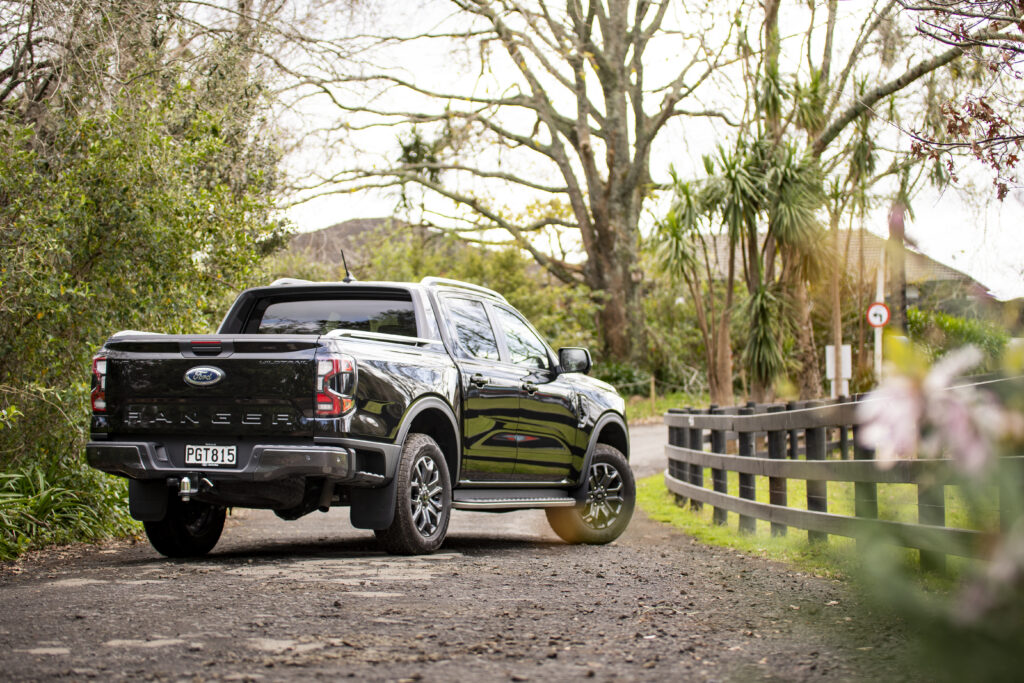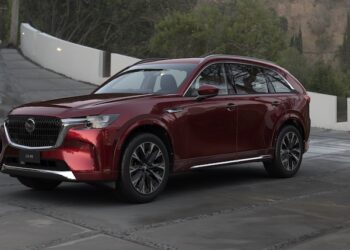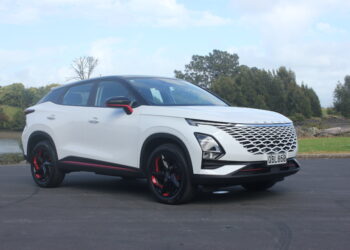
What do you do when you make a segment-leading product?
Though some companies might be tempted to rest on their laurels, Ford and its ever-popular Ranger take a different approach.
The new Ranger is a masterclass in taking an already exceptional product and making it even better.
Though most of its peers seem to be playing the waiting game in terms of big, grand updates, Ford has gone the other way.
It has added even more polish to an already hard-to-fault vehicle. People who don’t think the Ranger is the best in class will need to present one heck of an argument.
THE RANGE
The Ranger better be good given that it’s arguably the most expensive nameplate in class. The line-up begins at $46,990 for the single-cab XL with the single-turbo 2.0-litre diesel, positioned just a few grand cheaper than Toyota’s entry-level SR5 double cab.
Of course, Ford’s pricing comes with the caveat that customers often get discounts off sticker. But I digress.
For our test, Ford handed us the keys to the pictured XLT 4×4 double-cab and Wildtrak 4×4 double-cab. That’s no accident as these are probably the two most important trim levels in the range: a pair of likely starters for fleet customers and private buyers.
The XLT line-up starts at $64,990 for the super-cab 4×4, with the doublecab another $2000. The XLT and Wildtrak are exclusively four-wheel drive, with two-wheel drive available only in the XL trim level.
Both models incur a Clean Car levy: the XLT’s $1840 fee dwarfed by the Wildtrak’s $3910.
TECHNICAL
Under the bonnet the XLT gets the familiar 154kW/500Nm 2.0-litre biturbo and the Wildtrak gets either the same 2.0 or a new-to-the-model 184kW/600Nm 3.0-litre V6 turbodiesel.
In spite of the Wildtrak’s additional twist, it has the same 3500kg tow rating as the XLT. The XLT actually squeezes in a slightly higher payload rating, thanks to its more heavy-duty suspension tune.
Spec-sheet warriors might scoff at the Wildtrak not getting a boosted tow rating, but those who tow regularly know that not all 3500kg-rated utes are quite equal.
Although the Wildtrak doesn’t get to flex its muscles on paper, its segmentbest torque figure guarantees it a spot at the pointy end of the field when it comes to towing.
Although the Ranger still sits on T6 architecture, Ford has given the platform an almighty refresh, reworking the frame, transfer case, and suspension while also pushing out the wheels an added 50mm to increase the wheelbase.
The latter makes the Ranger more manoeuvrable and better off-road thanks to improved approach and departure angles. It also potentially frees up a bit of space in the Ranger’s chassis for a hybrid system down the line.
THE DRIVE
Powertrain and ride quality are arguably where the Ranger gains the most ground over peers like the Toyota Hilux and Mitsubishi Triton.
This is the most insulated and comfortable Ranger yet, setting a new benchmark when it comes to driver isolation and the comfort capabilities of a body-on-frame vehicle.
Potholes, surface changes, gravel; each is glossed over by the Ranger’s impeccable damping.
At the Ranger’s launch, Ford boasted that the 2.0-litre’s chief refinements include NVH improvements, more robust pistons, and a new oil filtration system among other changes.
The 2.0 was already one of the quietest diesel engines, but now it seems even quieter, kicking into life with a relative whisper compared to the Mazda BT-50 we drove in the weeks following.
Oddly enough it feels a little punchier off the mark, too, in spite of losing 3kW between generations.
The 3.0-litre isn’t particularly quiet, and it’s all the better for it. Plant your right foot, and it makes all manner of turbo whooshes and whistles.
It’s rapid, too, capable of hitting 100km/h in a little over eight seconds (making it roughly two seconds quicker than the outgoing Raptor).
It may be something of an antithesis to the electrification revolution, but there’s no denying that the F-150- derived PowerStroke unit is fabulous fun.
It was even sort of efficient during our testing, returning best figures of 10.5 litres/100km. Not bad when the 2.0 is returning 9.5l/100km.
Both have Ford’s trusty 10-speed automatic to thank in part for their credible responsiveness.
It can still be a little fussy as it decides which of the 10 ratios to use at any given moment, but each time I’m reunited with this ’box it feels like Ford has made it more predictable.
INSIDE
The Ranger can also claim to be the most high-tech competitor in class.

The XLT and Wildtrak both get portrait-orientated touchscreens (10-inch in the XLT, 12-inch in the Wildtrak) and an eight-inch digital cluster.
Each comes paired with SYNC 4, which is improved in leaps and bounds over SYNC 3 in terms of presentation and features.
Wireless phone connectivity, crisp cameras, and a handy one-touch system that brings up all your off-roading functionality on to the touchscreen with one click are highlights.
The Ranger’s cabin feels more spacious than before, although this isn’t necessarily felt by back seat passengers.
There, leg room still feels a little compromised for adults, which is a slight disappointment given the Ranger’s increased wheelbase.
Another concern is the complexity of the Ranger’s handsome dashboard. To make the dash more customisable to individual specs (allowing for trim levels like the Wildtrak to gain plenty of soft-touch areas), the dash has been cut and quartered. We observed a few ill-fitting panel gaps, and a handful of creaks in Rangers we’ve sampled so far.
OUR VIEW
It’s not perfect, but the new Ford Ranger comes quite close. It should be no surprise that it’s already a sales hit, with local availability effectively ruled out for the rest of the year as Ford deals with a mountain of pre-orders.
The updated Ranger is not only a great ute. It represents another turning of the tides in a segment once rife with competitors that would shy away from regular updates and refinements for fear of hurting their bottom dollar.
Ford has sunk an enormous amount of investment into the Ranger, and it shows.
All that’s missing is electrification, although in the case of the Ranger, that’s lurking just around the corner.









